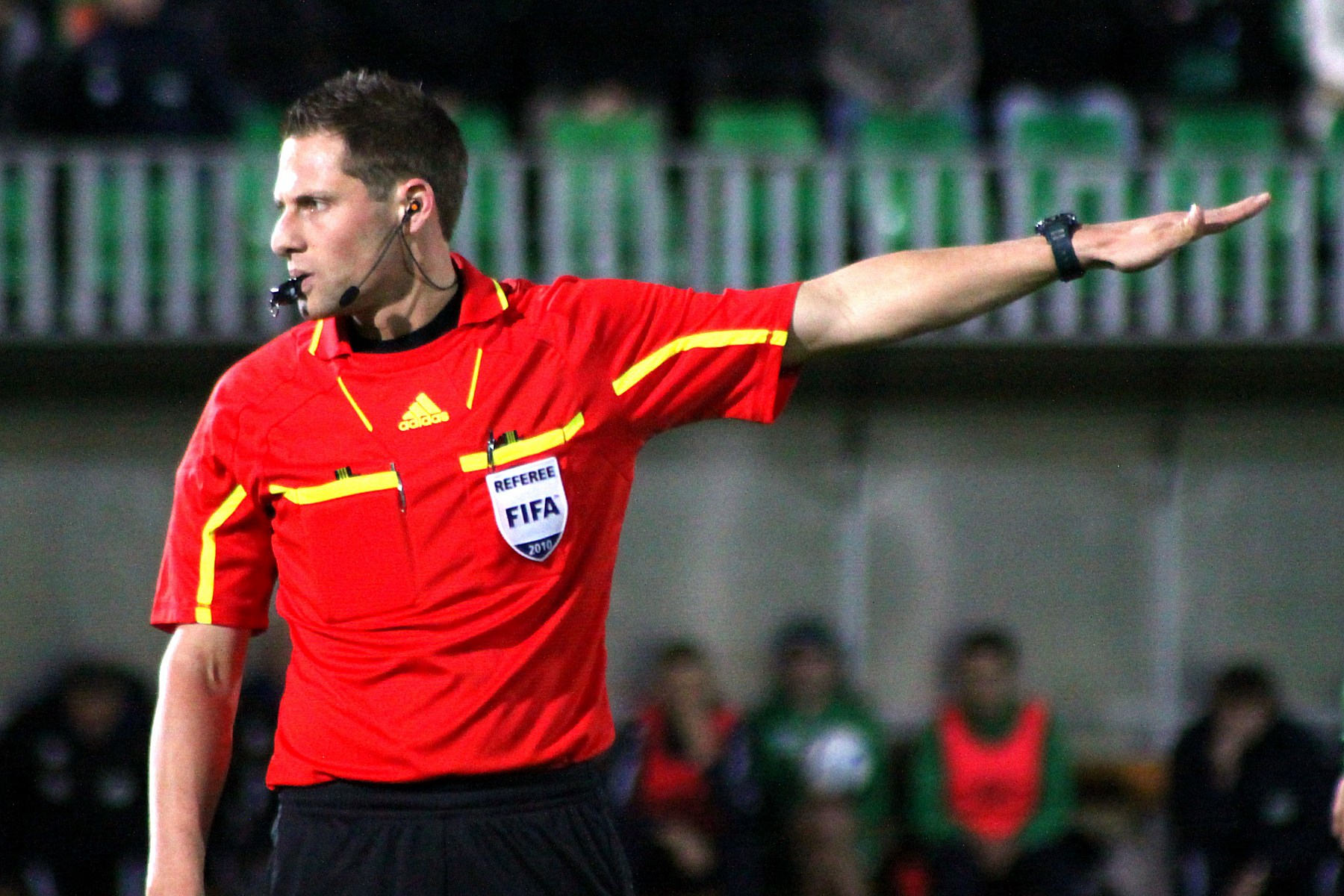The rules of sports and activities are designed specifically for the sport or activity in order to promote safety and the wellbeing of the athlete. Rules of sports and activities help promote fair play, which helps to prevent injury as well. Of course, they also need to be enforced by referees and umpires who guard the games.
Each sport has its own set of rules that are designed specifically for that sport to keep the athlete safe. Sport rules cover a wide range of aspects relating to the game, including:
- the size of the field/court
- the length of the competition
- number of breaks
- what equipment must be used (including the size)
- what constitutes a foul or unfair play etc
Many team sports such as football, rugby league, and hockey are played over two (2) halves and on a field 100m long and 50m wide (though these dimensions vary). As the sport increases in intensity such as futsal, basketball or netball, the court becomes smaller and breaks may increase in frequency. This is to help ensure the safety of the athletes participating in these sports. It helps ensure they have adequate access to water and that their bodies get a chance to refresh before competition continues.
Other rules such as legal and illegal contact also help promote the wellbeing of the athlete. These rules are particularly important in contact sports such as AFL or Rugby Union. These sports have rules about the areas where contact can and cannot be made, such as no contact above the shoulders. Many such sports adapt their rules as new movements and injuries occur in games. For example, Rugby League have banned the use of “chicken winging”, which uses the arm to force the opposing player to the ground, but also causes shoulder injuries.
Critically analyse sports policies, rules and equipment to determine the degree to which they promote safe participation, eg heat rules, rugby union scrum rules
A specific example mentioned in your syllabus is to look at the scrum rules in rugby union. The Medical Journal of Australia has a great article looking at medical research that helped lead to changes in the rules around scrums in rugby union. The biggest change and contribution being the “crouch-touch-pause-engage” rule, which has since been amended to “crouch-bind-set”, that helps reduce the movement in the scrum and has decreased the number of spinal injuries occurring in the sport.
Another example mentioned in your syllabus are the policy rules around heat. Many sports have rules around heat, as do schools and clubs. many of the policies can be accessed at SmartPlay including beat the heat endorsed by Sports medicine Australia.
It is clear that the rules of sports and activities exist in order to promote athlete wellbeing by preventing injury and other illness, such as heat stroke.

